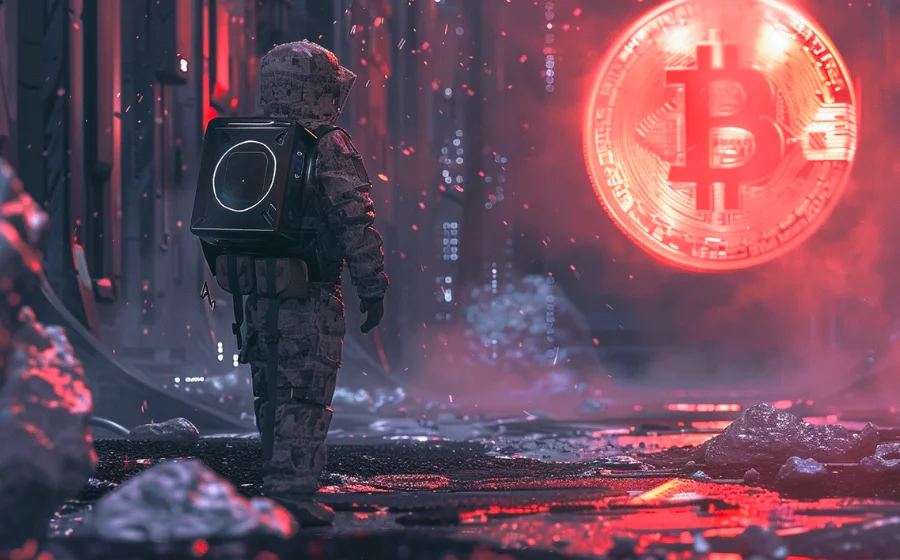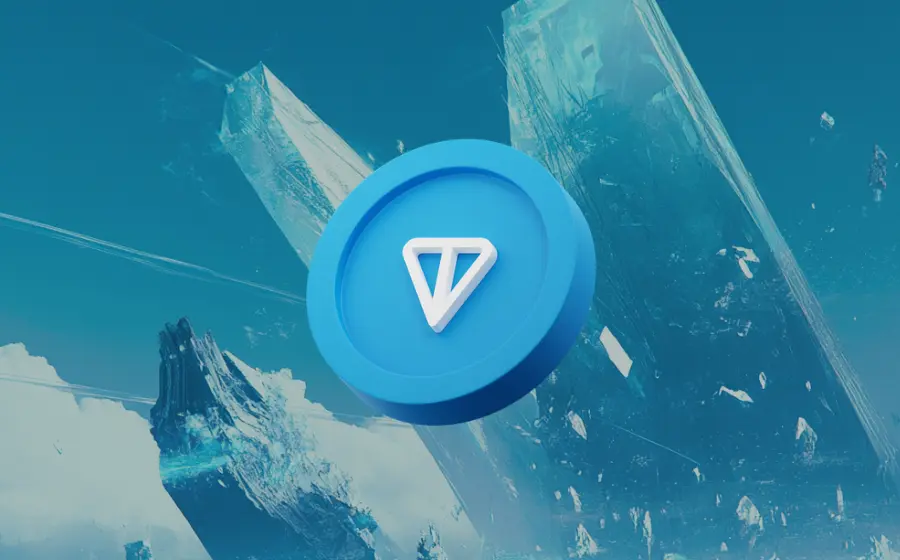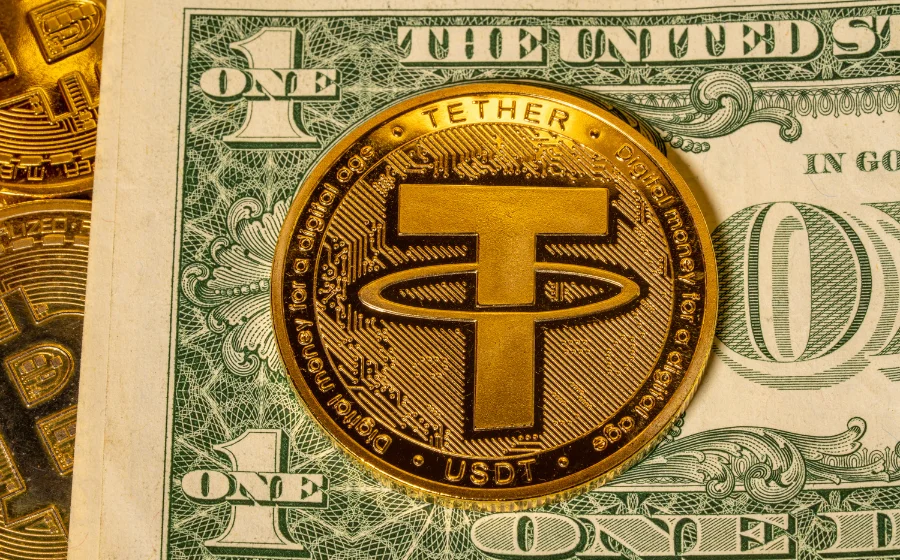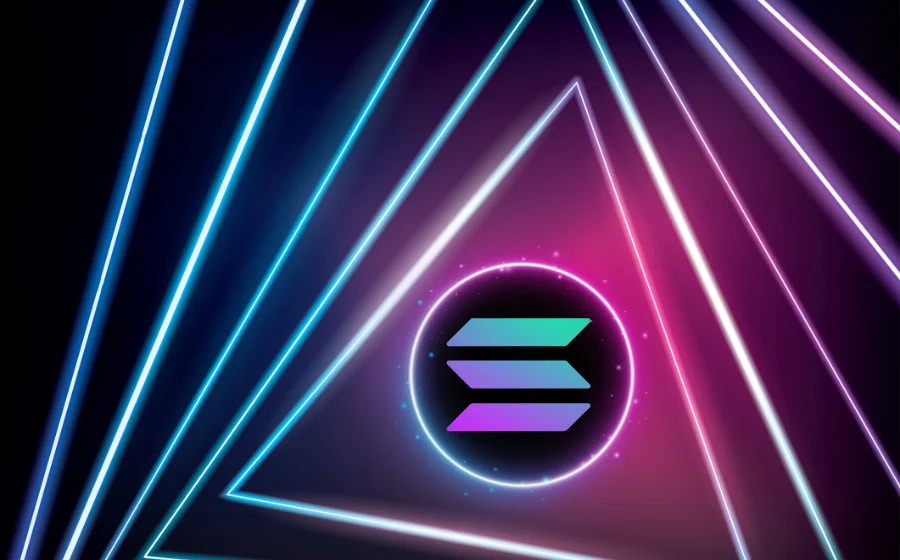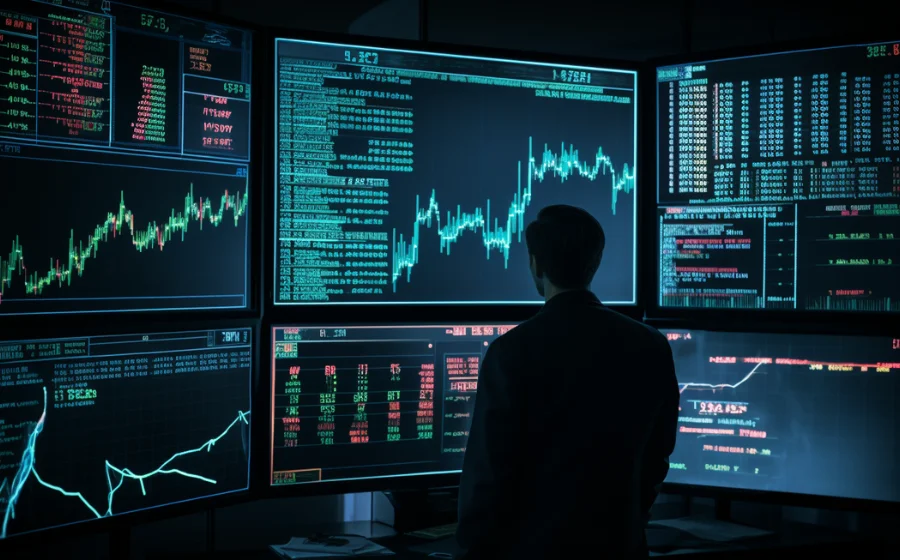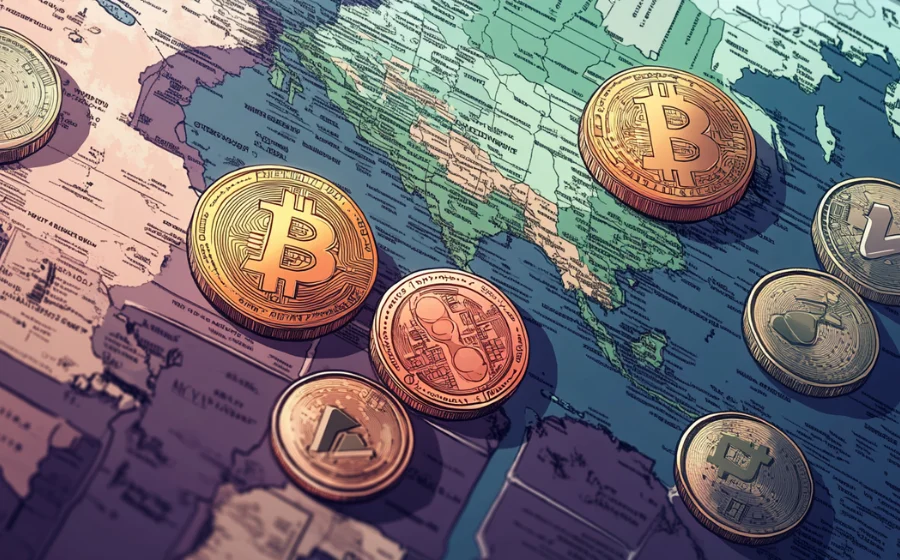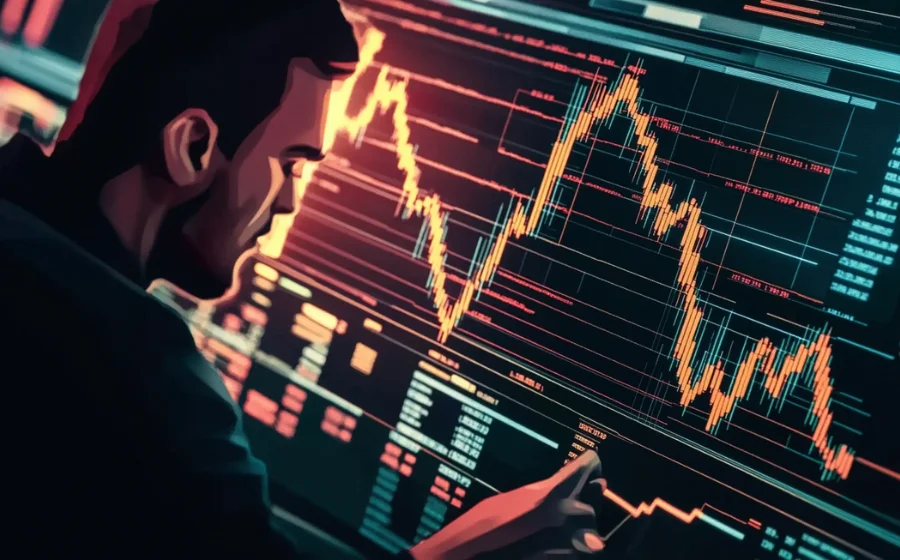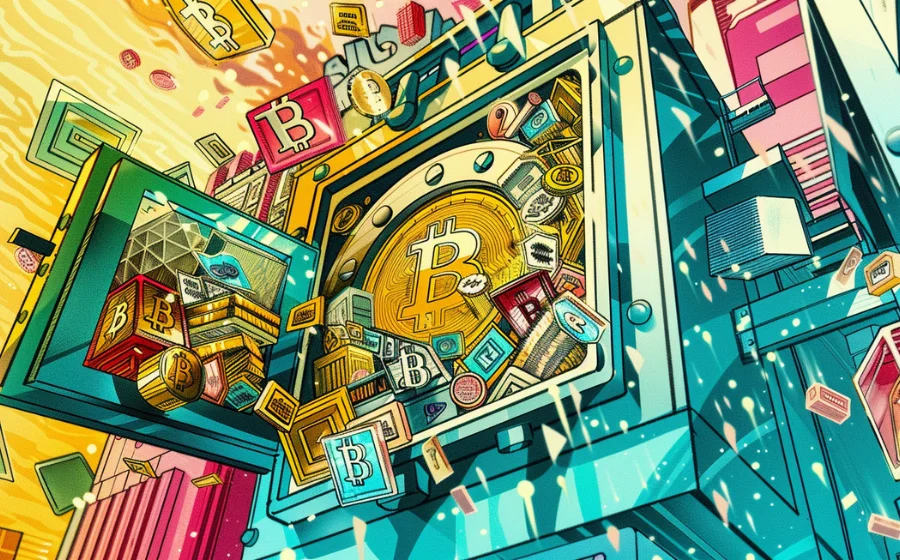
KEYTAKEAWAYS
- RWA tokenization transforms illiquid physical assets into tradable digital tokens, enhancing liquidity and lowering investment barriers in the DeFi ecosystem.
- DeFi systems leveraging RWA offer higher efficiency, transparency, and potential returns compared to traditional financial markets, attracting both retail and institutional investors.
- While RWA presents exciting opportunities for market growth and innovation, it faces challenges in regulatory compliance and maintaining market integrity.

CONTENT
Explore how Real-World Assets (RWA) revolutionize finance by merging traditional and decentralized markets, offering increased liquidity, efficiency, and new investment opportunities.
WHAT ARE REAL-WORLD ASSETS (RWA)?
RWA stands for Real World Asset, referring to valuable assets that exist in the physical world. These assets can be tangible, such as real estate, vehicles, artwork, jewelry, etc., or intangible, like bonds and promissory notes.
In the realm of blockchain and cryptocurrencies, RWA typically refers to the digitization of these valuable “real-world assets,” enabling them to be used for financial operations and transactions on the blockchain. This digitization process is known as asset tokenization. In simple terms, RWA is the process of transforming real-world items into digital tokens.
-
RWA Tokenization
In the blockchain world, RWA represents real-world assets that have been “tokenized” and transferred onto the chain, where they can be used for DeFi transactions and operations. So, why is there a need to tokenize RWA?
The purpose of RWA tokenization is to bring numerous advantages, including:
- Increased Liquidity: Tokenization can transform traditionally illiquid physical assets into tradable tokens. This allows investors to more easily fractionate, trade, and transfer assets, further enhancing liquidity. Imagine your property being divided into countless small portions, allowing more people to participate in the investment – this is the liquidity miracle brought by RWA.
- Decentralization: Tokenization makes the asset transaction process more direct. Not only can it reduce transaction costs and increase transaction speed, but it also enhances the transparency and credibility of transactions. In the world of RWA, asset transactions no longer require complex intermediaries; directness, speed, and transparency become the new norm.
- Automatic Execution of Smart Contracts: Tokenized assets can leverage smart contract technology to automatically execute contract terms and transaction rules. This not only reduces human error but also improves the security and reliability of transactions. Imagine all transaction rules being written into code, executed automatically and immutably – this is the security guarantee that smart contracts bring to RWA transactions.
The emergence of RWA is not just a technological innovation, but an attempt to redefine asset value and circulation methods. It blurs the boundaries between the real and digital worlds, injecting new vitality into traditional assets. In this rapidly changing era, RWA undoubtedly opens a door to the future world of finance for us.
>>> More to read : MANTRA (OM): Integrating Real-World Assets with DeFi
WHY DO WE NEED REAL-WORLD ASSETS (RWA)?
The emergence of RWA (Real World Assets) is not just an innovation in traditional financial markets, but a solution to some fundamental issues in the existing financial system. Let’s delve into why RWA is so crucial in today’s financial world:
1. Inefficiency of Traditional Financial Markets
Traditional financial markets, despite their long history, face efficiency issues. Whether it’s stocks, funds, futures, insurance, or other financial products, these trading systems rely on:
- Intermediaries
- Background check agencies
- Legal regulatory bodies
While these institutions and processes seem to provide stability and reliability to the market, in reality, they:
- Require substantial human and material resources to maintain system operations
- Result in relatively low efficiency of fund utilization
- Increase transaction costs
- Reduce overall market efficiency
2. DeFi: A Revolutionary Solution
Decentralized Finance (DeFi) systems utilize blockchain’s distributed ledger technology, implementing automatic operation, matching, and market-making through smart contracts. This innovative approach can:
- Significantly reduce operational costs: Decrease reliance on manpower, improving fund utilization efficiency
- Enhance transaction efficiency: Accelerate transaction speed through automated processes
- Achieve immediacy: Enable 24/7 trading, breaking traditional time constraints
- Increase transparency: Allow users to track blockchain money flows through public ledgers, providing more information for market participation assessment
- Improve liquidity: Facilitate buying and selling through automatic market-making mechanisms, enhancing transaction efficiency
- Lower investment thresholds: Enable infinite division of tokenized assets, reducing minimum purchase units and attracting more retail investors
3. Advantages of RWA
Introducing Real World Assets (RWA) into the DeFi ecosystem brings significant advantages:
- Higher returns: Most traditional financial institutions and researchers interested in RWA believe that trading the same commodities on DeFi platforms can offer higher returns than traditional financial markets
- Improved efficiency: DeFi’s automation and decentralization can greatly enhance asset management and trading efficiency
- Innovation opportunities: RWA tokenization provides unlimited possibilities for creating new financial products and services
- Global accessibility: Through blockchain technology, RWA can transcend geographical limitations, enabling global asset mobility
4. RWA as a Source of Capital Inflow
The key to invigorating the market is the ability to introduce fresh capital from external sources. This is why many people hope that Bitcoin spot ETFs will bring large amounts of traditional funds into the cryptocurrency market.
RWA offers unique advantages in this regard:
- Backed by real assets: RWA is no longer limited to trading and collateralizing purely digital assets, but is backed by valuable real-world assets.
- Continuous yield: As long as real-world assets exist (assuming the world doesn’t end), RWA can continuously provide new project targets and ongoing returns for DeFi.
- Bridging reality and the digital world: RWA establishes a bridge connecting external markets and the cryptocurrency market, which will bring Greater liquidity, More investment opportunities, A wider range of asset classes
The introduction of RWA is not just a technological advancement, but a profound transformation of the entire financial system. It provides an innovative solution to address efficiency issues in traditional financial markets while creating new opportunities for investors and asset owners. With the combination of DeFi and RWA, we are poised to witness a more efficient, transparent, and inclusive financial future.
REAL-WORLD ASSETS (RWA) FUTURE SUMMARY
RWA represents an exciting development for DeFi, potentially expanding its capabilities and audience. The prospect is a more interconnected financial realm that blends traditional and decentralized finance. However, achieving this requires overcoming significant hurdles, including strict regulatory compliance and ensuring market integrity.
This innovation will be the main driving force for various industries to transfer real-world assets onto the blockchain — because in traditional financial markets, it’s hard to find such high efficiency and profits. As RWA develops, the cryptocurrency market will no longer be a closed ecosystem, but a new financial domain closely connected with the real world, bringing unprecedented opportunities and challenges to the entire market.
>>> More to read : Ondo: The Leading Protocol in the RWA Sector
FAQ
- What are Real-World Assets (RWA) ?
RWA stands for Real World Assets, representing tangible assets with real value, typically referring to land, buildings, vehicles, etc. These usually have stable value and can be used as collateral for loans or as investment instruments.
- How do Real-World Assets (RWA) Work?
RWA represents real-world assets that have been “tokenized” and transferred onto the blockchain, where they can be used for DeFi transactions and operations.
▶ Buy Crypto at Bitget
ꚰ CoinRank x Bitget – Sign up & Trade to get $20!
Looking for the latest scoop and cool insights from CoinRank? Hit up our Twitter and stay in the loop with all our fresh stories!
